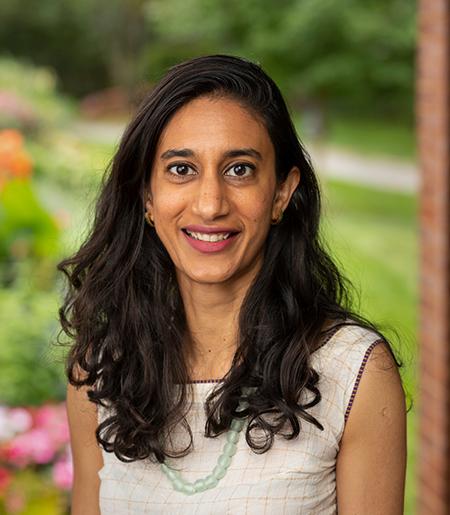Overview
Fatima Quraishi is Assistant Professor in the Department of Art History, UCR. Her scholarship focuses upon the intersection of devotional practices with material culture in Islamic South Asia. Prior to joining UCR, she held teaching positions at the Indus Valley School of Art and Architecture and at the Shaheed Zulfiqar Ali Bhutto Institute of Science and Technology, both in Karachi, Pakistan. She was also the lead curator of the exhibition, “Paradise on Earth: Manuscripts, Miniatures, and Mendicants from Kashmir,” at the Mohatta Palace Museum in Karachi in 2017. Her current book project is a longue-duree analysis of the monumental Makli necropolis in Sindh, Pakistan. Her most recent publications are an entry on Multan Art and Architecture in the third edition of the Encyclopaedia of Islam (2021) and a chapter entitled, "This is Makkah for Me! Devotion in Architecture at the Makli Necropolis,” in an edited volume, Saintly Spheres & Islamic Landscapes: Emplacements of Spiritual Power across Time and Place (Leiden: Brill, 2020).
Research Focus
Necropolis as Palimpsest: The Makli Cemetery in Sindh, 1380-1660
While at Cornell's Society for the Humanities, Fatima will be working on her book on the Makli necropolis. This veritable city of the dead, stretching over four kilometers was established in the late fourteenth century, with monumental construction continuing until the late seventeenth century. The prolonged history of building, during which significant socio-political transformation took place in the region, resulted in a site where multiple architectural traditions and local artistic practices intersected. A further layer to this history is the critical role played by religion—emerging from both orthodox Muslim traditions and popular piety—in shaping the site. It was here that mystics were transformed in death into venerated saints and whose entombed bodies fashioned Makli into a spiritual lodestone. This project engages with Maklī as a transregional and transcultural space, investigating the movement of multiple political and religious elites, involving different, sometimes intersecting and overlapping circuits of mobility of artisans, craftsmen, and patrons. Through a detailed analysis of building and artisanal practices, close textual study of epigraphy and literary sources, Necropolis as Palimpsest interrogates the construction of vast built environments and their entanglement with the publics who made these spaces meaningful and vibrant.

